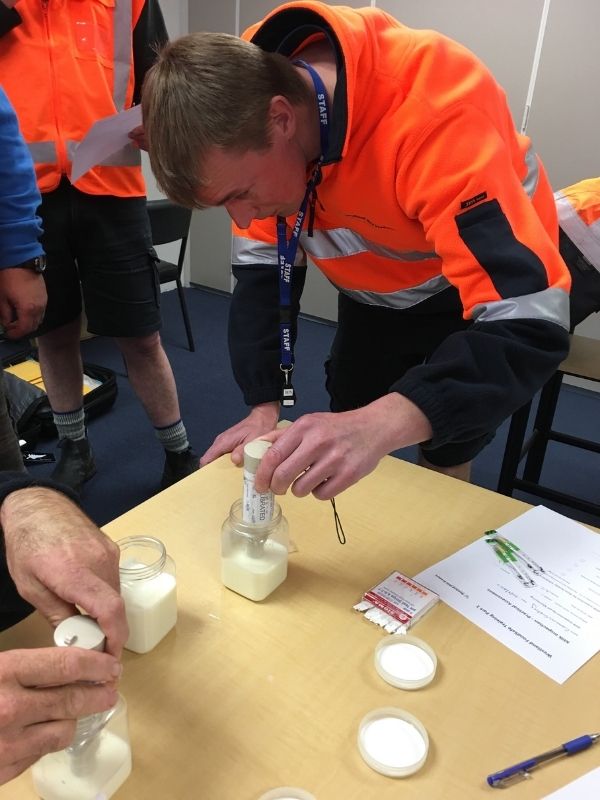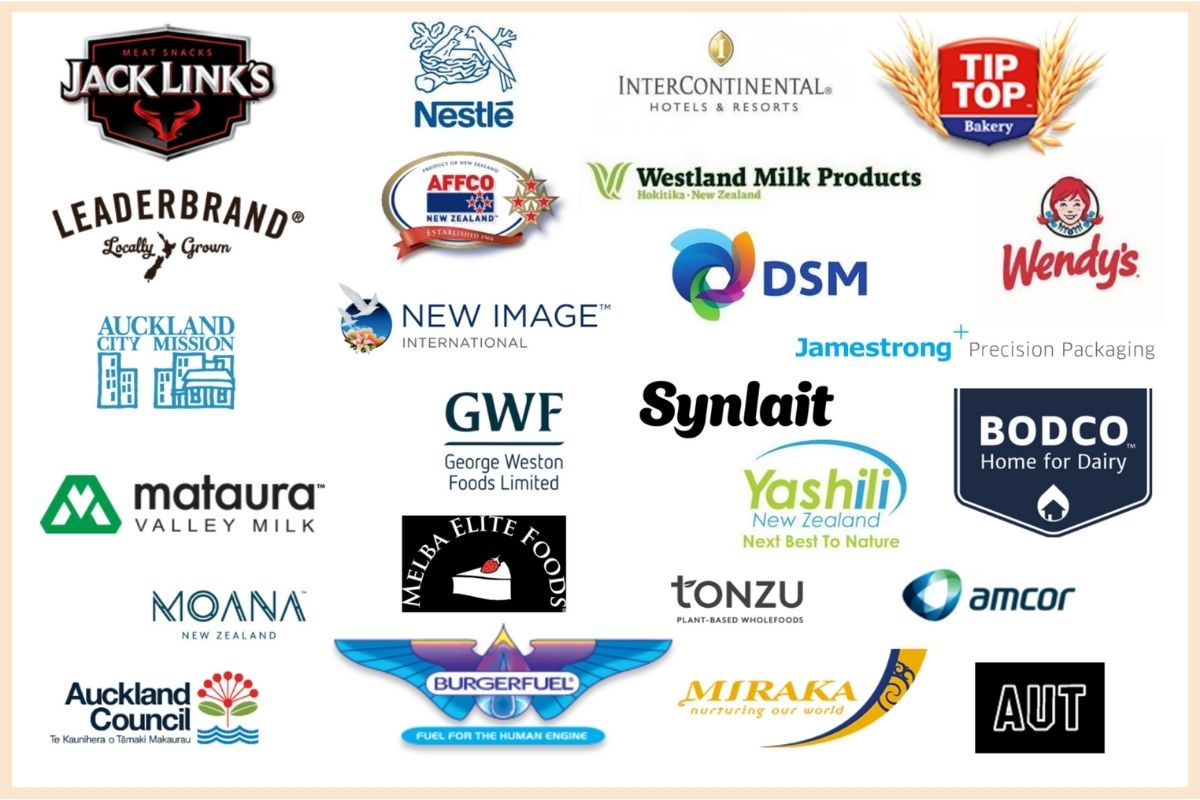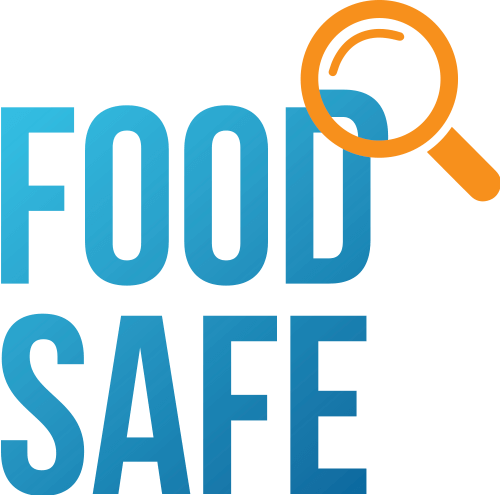Milk Collection and Milk Reception Training for people employed in the collection and processing of milk in the dairy sector.
Course Cost: POA
Milk Collection Training – Dairy Sector, Level 4
Milk Collection and Milk Reception Training is designed for people employed in the collection and processing of milk in the dairy sector.
- Food Safe collaborates with the SSB to offer this program.
- Registrations include an NZQA training agreement and administration
Suitable for: All operators, coordinators, team leaders, supervisors, managers, and staff interested in further developing their skills.
Food Safe’s Milk Collection Training is available on request for company groups of all sizes.
View our video for companies and trainees about Milk Collection Risk Organism Response.
Milk Collection Training and Milk Reception Training Content
- Overview
-
- Food safety hazards related to a dairy farm
- Hazards related to milk delivery and transportation
- Legislation, certification schemes, and Overseas Market Access Requirements – OMARS
- Risk organism response awareness (RORP) – foot and mouth disease control and product safety around milk collection.
- Milk Collection and Reception Quality Control (QC) and Quality Assurance (QA)
- Load and unload procedures – Based on company SOP
- Inspection of milk
- The basics of sensory evaluation
- Possible quality issues with milk being received
- Defect/odor descriptions and possible causes
- Potential of Hydrogen (pH) checks
- Inhibitory substance (antibiotics) checks (if applicable)
- What happens in the lab (if applicable)
- Milk reception – System/process hygiene – cGMP
- Site zoning (if applicable)
- Department hygiene – Milk collection
- Cleaning systems and cleaning agents for different soil types – (fat/protein/minerals)
- Clean-In-Place – CIP / Cleaning out of Place (if applicable)
- How this is done effectively
- Tankers & transportation (if and where applicable)
- Documentation and traceability – Based on the company’s Standard Operating Procedure -SOP
- Verification and auditor requirements
Additional add-on technical options include:
- Microbiological controls Pathogens, bacteria, toxins (mold) and viruses
- Spotlight: Listeria, Salmonella, and Escherichia coli control
- Advanced Hazard Analysis Critical Control Point (HACCP) risk knowledge
- Targeting Current Good Manufacturing Practice (cGMP) to MPI, FSANZ & FDA Standard
- Risk management program requirements
- Global certification standard requirements – FSSC 22000, GFSI, BRCGS, SQF, WSE etc
- Food Safety Culture
- Problem Solving – CAPA and Root-cause-analysis – RCA
- Internal auditor training
- Checklists for improving internal and external audit scores
- Statistical Process Control (SPC)
- World-class excellence & KPIs
- Six Sigma Introduction
- Continuous improvement and leading a Kaizen project at Milk Collection/Reception
Food Safe customises product safety training for companies across the primary sectors including (Dairy, Meat, Seafood, and Produce) in addition to food processing, manufacturing, and retail.

An Overview to Product Safety
Details about the standards covered in training
About Food Safe
Food Safe Ltd is a Category 1 NZQA-Registered PTE. Training complies with the Food Safety Bylaws and Verifier Audits right across New Zealand.
Our training is trusted by both well known New Zealand and Global food companies and heaps of small teams too!
Our training is science-based on New Zealand regulatory and globally recognised best practice – MPI, FAO, FDA, EU
Food Safe’s advisory committee includes leading experts, quality and compliance managers, and governance experts. For even more information about Food Safe and the companies we work with, click here
Why Choose us for your Milk Collection Training?
- Complements compliance requirements
- Is simplified and visual, and supportive of implementing learning back on-job
- Is delivered by a trained ISO 9001 & 22000 lead auditor
- It is delivered by a trainer with first-hand knowledge and experience in high compliance operations where Food Safe operates, such as the dairy, meat, and seafood sector. This allows us to transfer best practices.

120
396
100
How Food Safe collaborates with food companies to deliver food safety training
HOW IT WORKS
Companies we work with
































